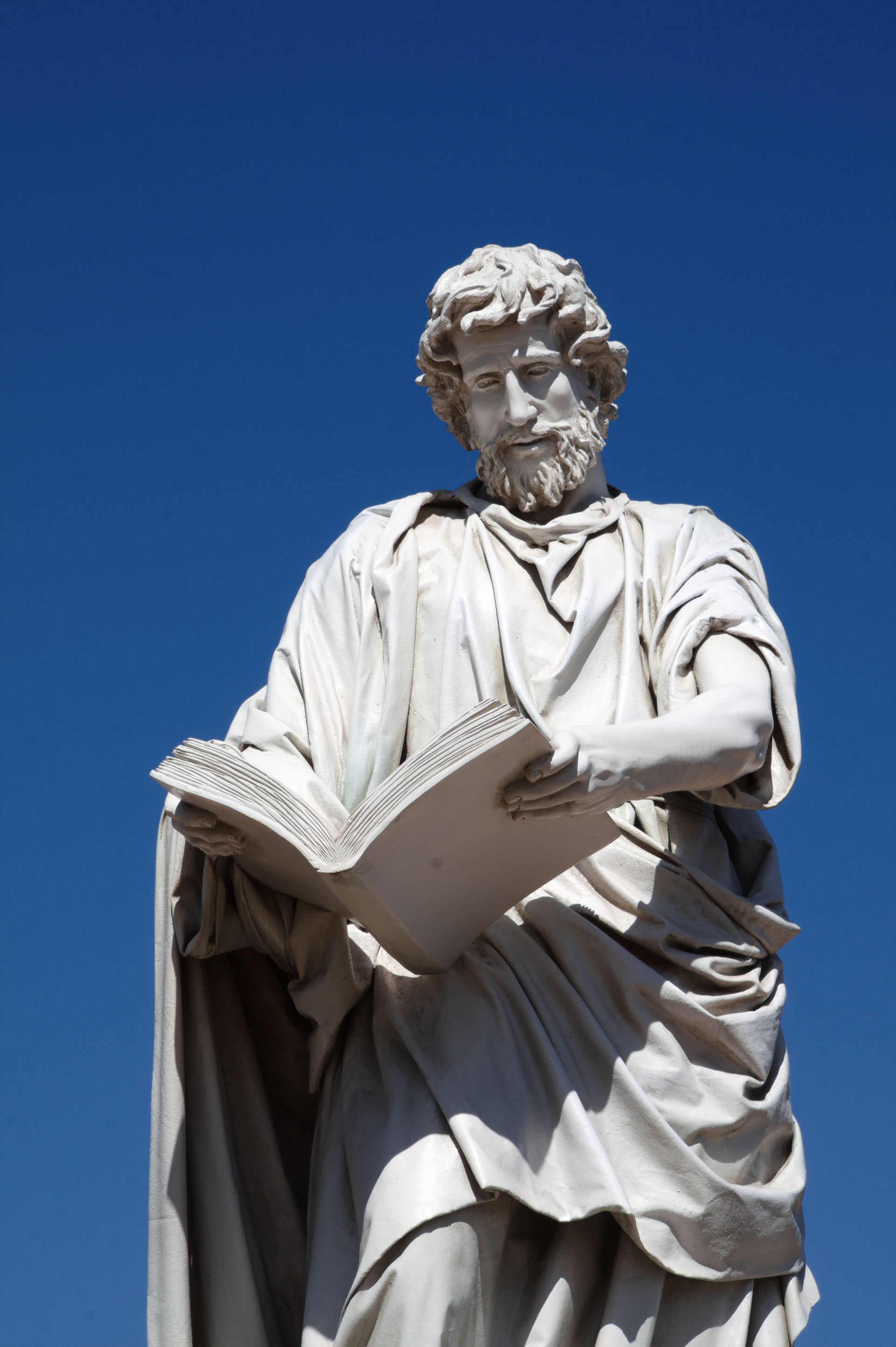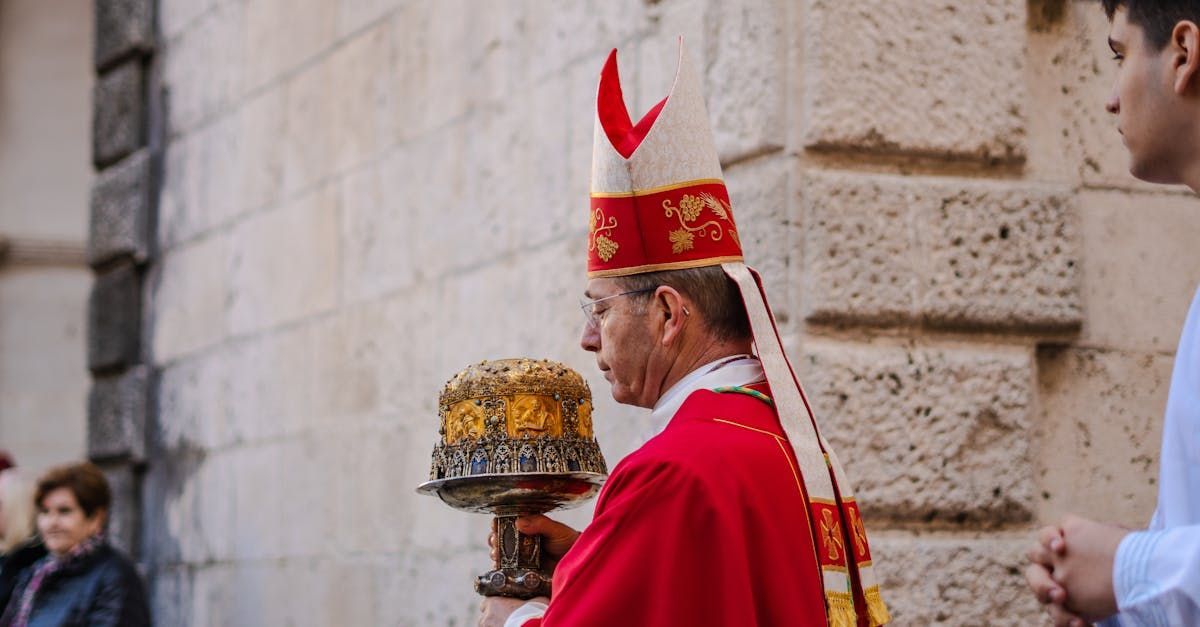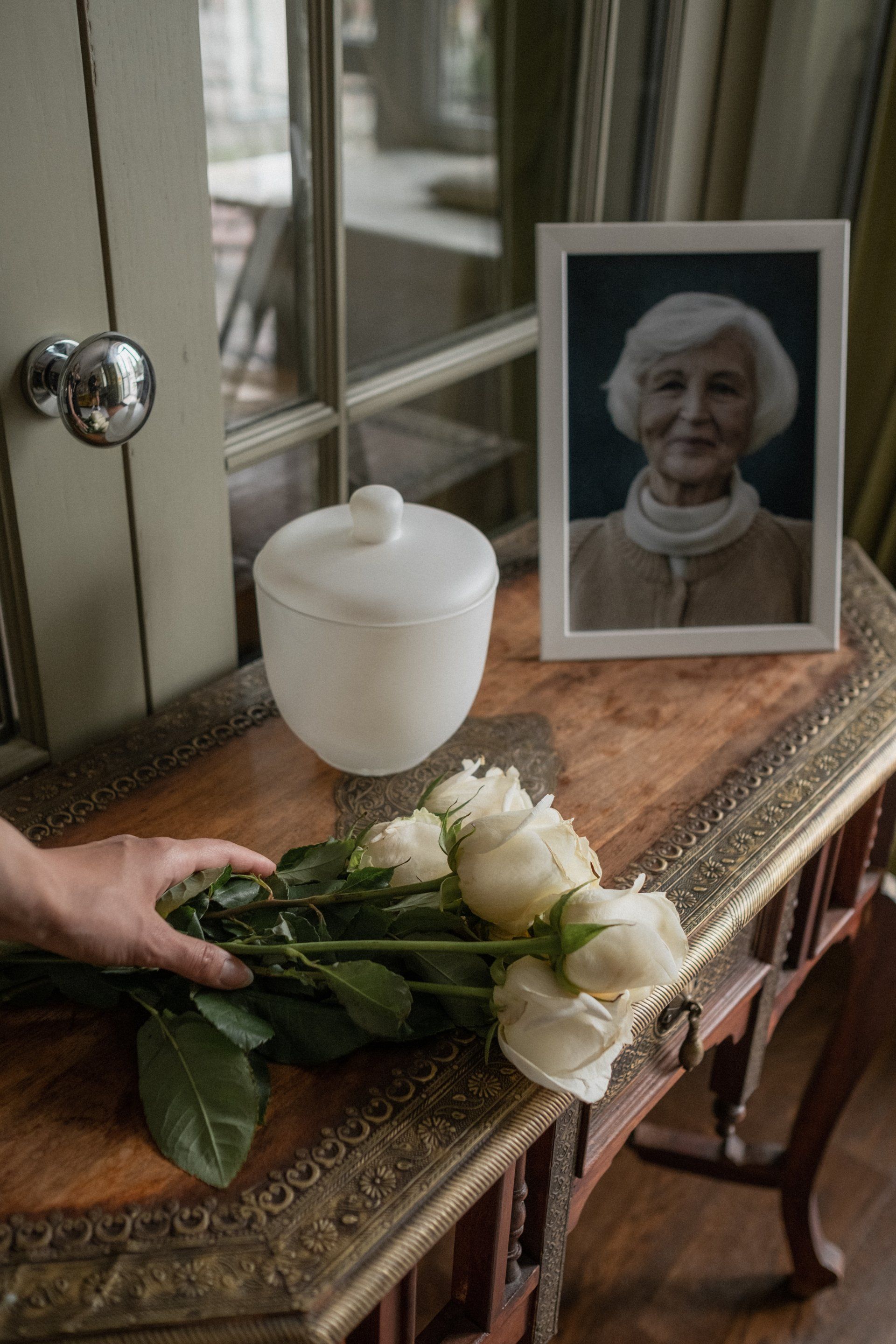Episcopal Consecration (Part 3)
This is part three of a three-part series on Episcopal consecration.
After the laying on of hands and the prayer of ordination, the new bishop is anointed and invested with the signs of his office. The principal consecrator takes the Sacred Chrism and anoints the head of bishop. It is a sign that the bishop participates in the high priesthood of Christ, who is the anointed one. In the old covenant, priests, prophets, and kings were anointed with oil to show their divine election and the reception of a special grace to assist them. This was fulfilled in Christ who now shares the same graces with the newly ordained. From this action, the ordination of a bishop is frequently called “consecration.”
After the anointing of his head with oil, the new bishop receives the Book of the Gospels with the instruction to preach the Word of God with patience and orthodoxy (2 Tim 4:2). Next, he receives the episcopal ring on his right ring finger. In antiquity, the ring was a sign of authority, dignity, and jurisdiction. Now, the bishop receives it as a sign of faithfulness and unity with the Church. The principal consecrator then places the mitre upon the bishop’s head, a sign of holiness. He exhorts the new bishop to exemplify holiness in his life so that Christ may reward him with heaven. Lastly, the bishop accepts the pastoral staff or crosier. Since the diocese is a concrete expression and visible sign of the universal Church of Christ, the crosier is a sign that the bishop is the shepherd, and he must attend to the entire flock.
One by one, the bishops present give the new bishop the sign of peace. It is the conclusion of the rite of ordination. By this exchange of peace, there is expressed a fraternal union between the bishops and a concrete sign of his welcomed entrance into the College of Bishops. After the sign of peace, the Mass continues as usual, but with the new bishop presiding at the Liturgy of the Eucharist. At the end of Mass, the bishop goes throughout the church imparting his episcopal blessing.
Pastor's Ponderings












